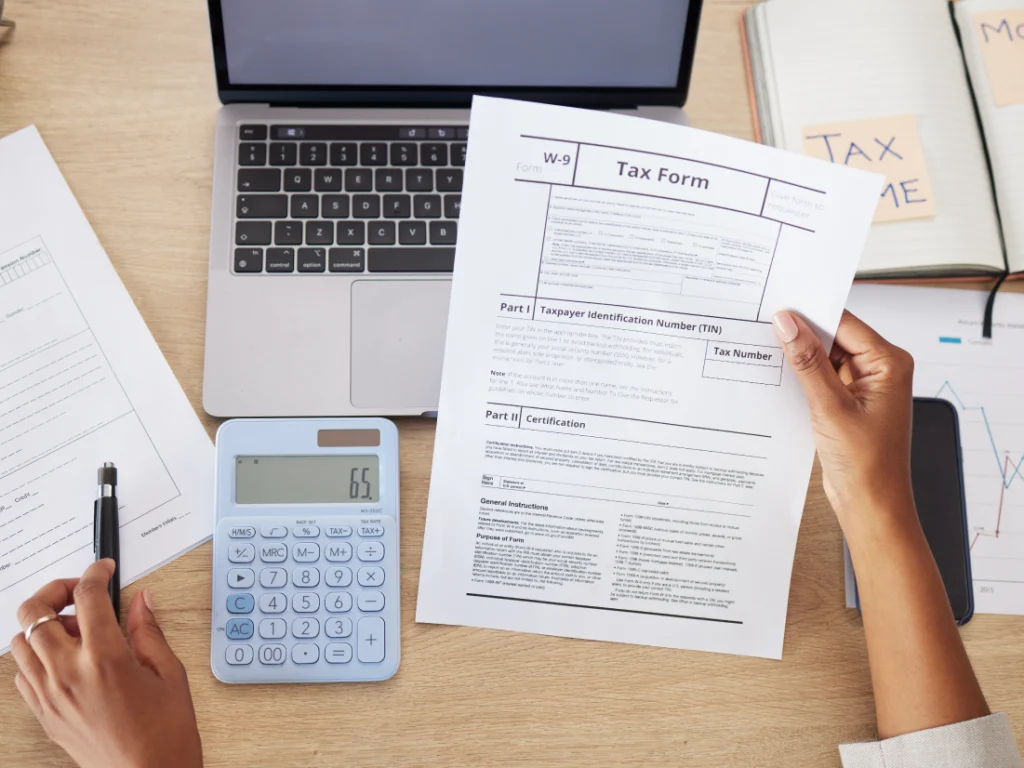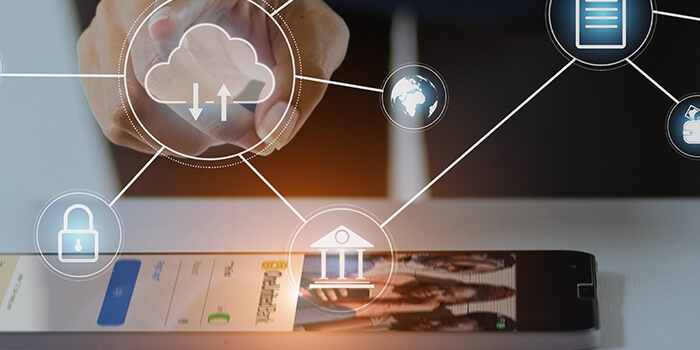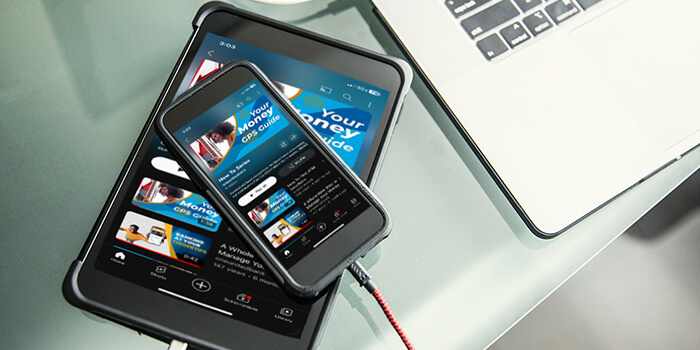Summary
Tax season doesn’t have to be stressful! With a little preparation and the right approach, you can tackle your taxes efficiently and even maximize your refund.
Tax season comes around every year, yet millions of Americans wait until the last minute to file—risking errors, penalties, and unnecessary stress. A little preparation now can save you time and money later.
Although taxes can be overwhelming, with this breakdown, we aim to help you safeguard your financial wellness by reducing stress and helping maximize your refund.
Let’s take it step by step together.
Step 1: Get Organized Early
Waiting until April will certainly add unnecessary stress to your tax filing. Instead, start gathering your key documents early once they become available. These documents typically include:
- W-2 Forms. This includes those fully or partially employed by an employer.
- 1099 Forms. This includes freelancers, independent contractors, gig workers, and individuals earning passive income like interest from interest-bearing accounts, dividends from investments, or rental income.
- Mortgage Interest Statements
- Receipts for Deductible Expenses. This includes charitable donations, medical expenses, and business costs.
Having these documents ready ensures a smooth filing process and prevents last-minute scrambles. Staying organized helps you keep calm and collected.
Step 2: Choose How You’ll File
There isn’t one way to file, but rather several. You have options when it comes to your approach:
- DIY with tax software. Platforms like TurboTax, H&R Block, and TaxAct guide you through the process with easy-to-follow steps.
- Hire a professional. If your taxes are complex (for example, if you have multiple income streams, business ownership, or significant deductions), a certified tax professional can help maximize your savings and ensure accuracy.
- Use free resources. If you earn below a certain threshold, you may qualify for IRS Free File or Volunteer Income Tax Assistance (VITA) services. The VITA service also applies to taxpayers with disabilities or those with limited English proficiency.

Step 3: Know Your Deductions and Credits
Don’t leave money on the table! Dedications and credits are an essential part of proper tax planning to help reduce your total owed taxes.
Deductions reduce your taxable income, lowering the amount you owe. Credits directly reduce your tax bill or increase your refund.
Here are some key tax breaks to look out for:
- Standard Deduction vs. Itemizing. Most taxpayers opt for the standard deduction, but if your deductible expenses (mortgage interest, medical costs, charitable contributions) exceed the standard amount, itemizing could lower your tax bill.
- Education Credits. You may qualify for the American Opportunity or Lifetime Learning Credit if you pay school tuition.
- Earned Income Tax Credit (EITC). Designed for low-to-moderate-income earners and families, the EITC credit can significantly boost your refund if you meet the requirements.
- Child Tax Credit. If requirements are met, parents can receive up to $2,000 per qualifying child with the Child Tax Credit.
Step 4: File on Time and Track Your Refund
Simply put, the tax filing deadline is April 15. If you need more time, you can file for an extension using Form 4868. Take note—an extension only gives you extra time to file, not to pay any taxes owed.
If you’re expecting a refund, you can check its status using the IRS Where’s My Refund? tool. Electronic filers typically receive their refunds within 8-21 days, while paper filers may have to wait longer.
Use these resources to start your tax filing process, and keep in mind some extra tips when you file.
- Filing electronically over paper filing is faster and tends to reduce potential errors.
- By choosing to direct deposit your refund you speed up the process and avoid lost checks.
- Double check everything! Errors can lead to delays or potential audits.
By getting organized and staying informed, you can file your taxes confidently—no stress required. Happy filing!
OneUnited Bank is not a financial advisor. This guide is for informational purposes only and is not tax advice. We recommend consulting a qualified tax professional to address your specific tax planning needs.


















